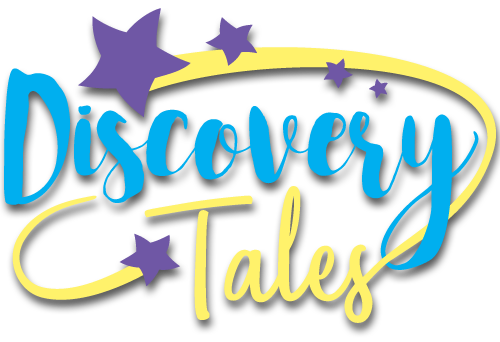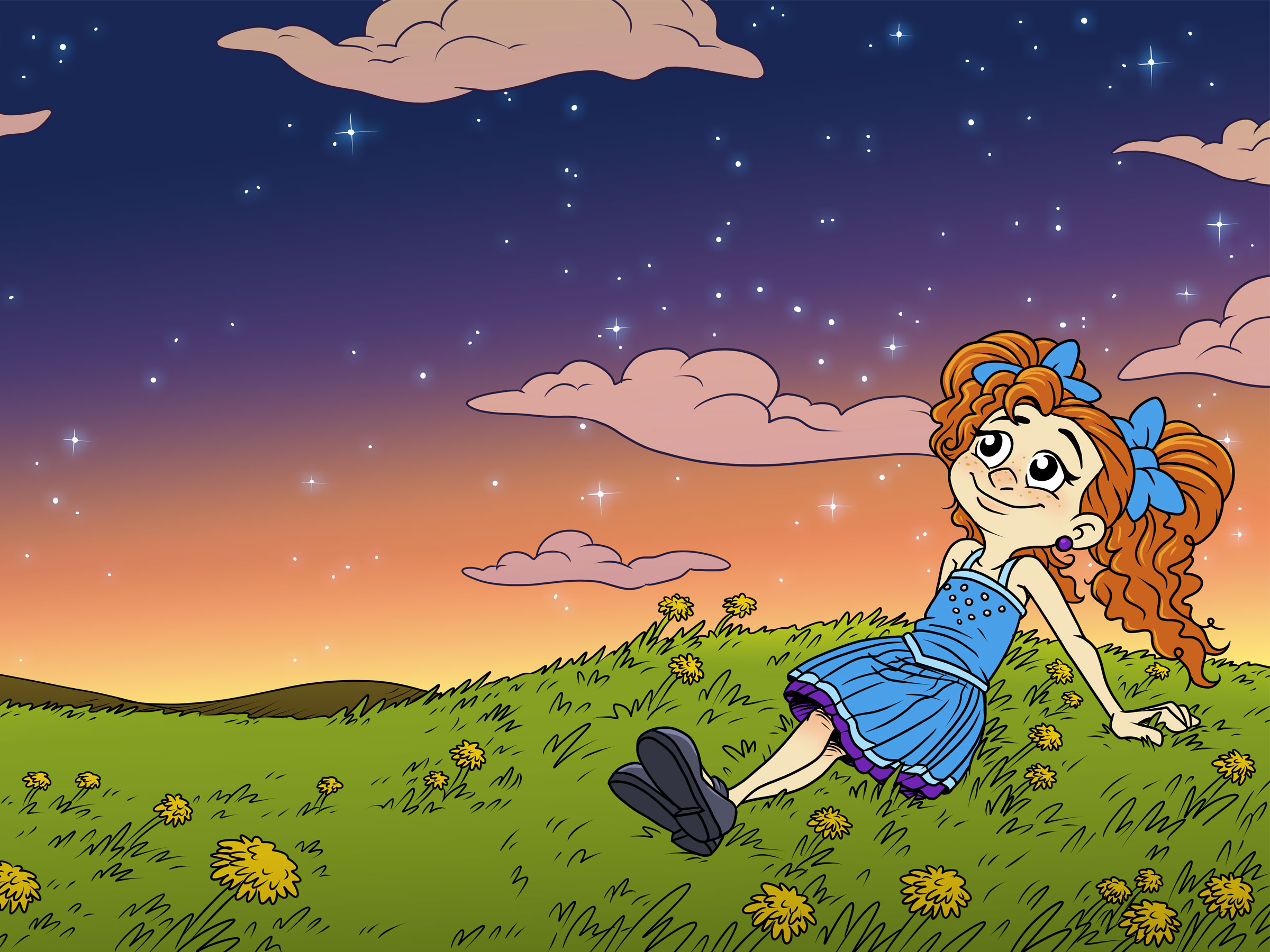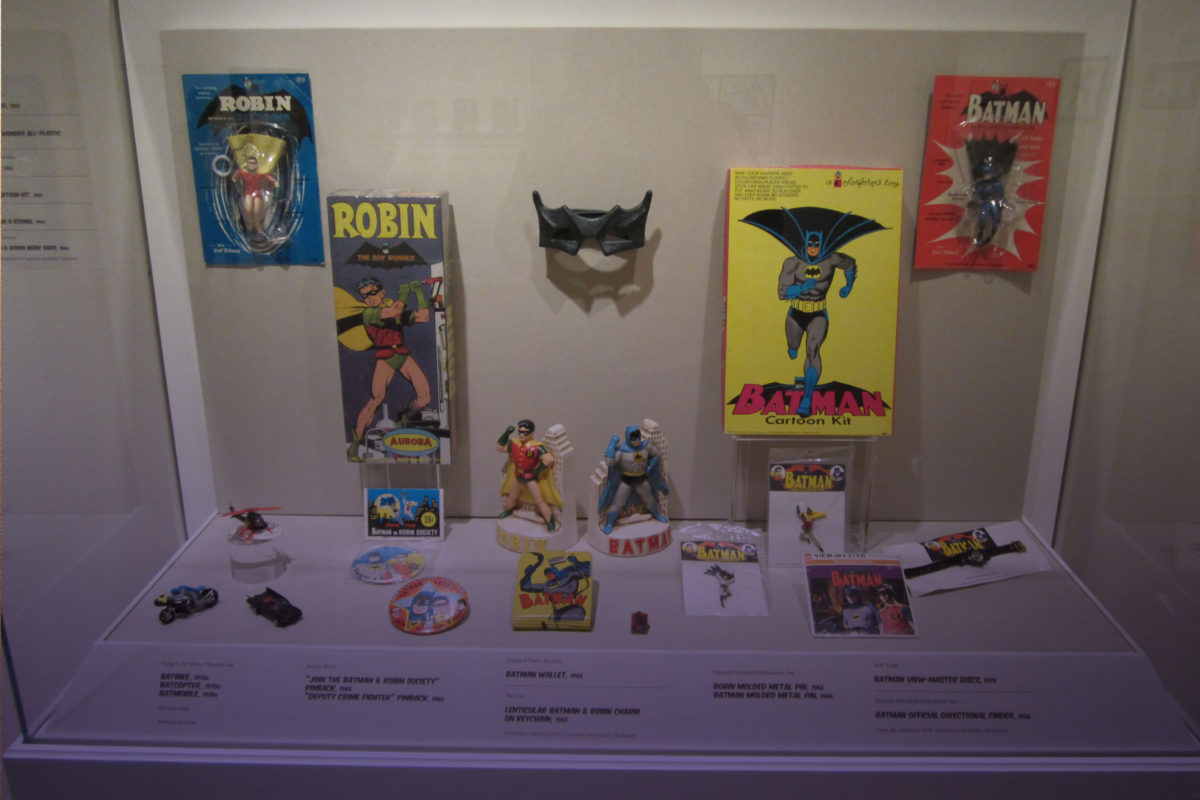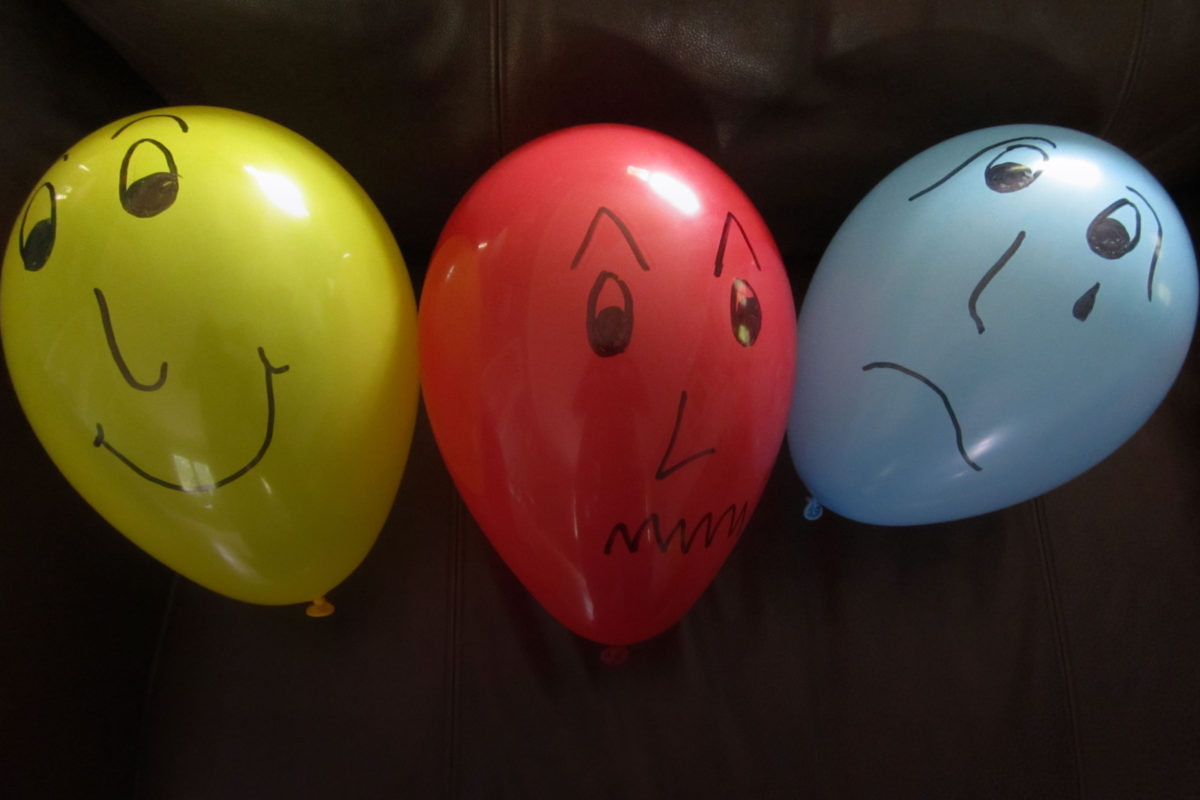As I officially begin my blog, I would like to thank Harry Couch, my mentor, for all of his help and connections that have resulted in our first sale of Sparky Tales. And I would like to thank Debbie Sterling, Founder of GoldieBlox, for inspiring and encouraging me to “GO FOR IT!!” which involves me following in Debbie’s footsteps by entering Sparky Tales on Kickstarter beginning October 18, 2012.
My interest in anger began while working in the Court system. It seemed that every child that walked into the Court did so with a “chip” on their shoulder. At 4:00 a.m. on an early fall morning, I was jolted from a deep sleep into a sit-up-in-bed position and was divinely inspired by the story. I knew and felt in that moment that it was not “my” story but that I was simply the conduit of distribution and for over 10 plus years in some form or fashion, I have tendered it as such. Of recent, though, I must admit that I have half-jokingly told my family and friends that I would like to return the story to sender due to the lack of progress and repeated obstacles.
Sparky Tales, a bibliotherapy-based (a story with therapeutic value) has been designed to develop social competency skills in children and decrease their aggressive responses by utilizing metaphors, concrete tools, repetitive examples and “hands on,” interactive components, with plans in place to establish a top performing website. The breadth and depth of its development far exceeds anything in the marketplace. Sparky Tales’ significance has repeatedly been proven by research with one result demonstrating that being socially competent in Kindergarten predicts a child’s success over and above their IQ or family background.
Children relate to the stories two main characters; Kelly, a 12-year old girl who has a miserable, rotten life and wears a “chip” on her shoulder as proof and Sparky, a 500-year old star who takes Kelly to the Galaxy All-Star Camp to become a star in her own right. Sparky, an emotion Icon, fills the void that currently exists in schools and the marketplace.
Please meet our friend, Kelly. Kelly reacts before she thinks. Her impulsive tendencies tend to move her from project to project without finishing them. She lacks confidence. Kelly can be selfish, overly emotional, naive, and idealistic and has an imagination without any boundaries. She’s easily angered. Kelly’s biggest obstacle remains herself. – I AM Kelly.
Meet our friend Sparky. Sparky can light up a room by simply walking into it. He’s grounded in harmonious relationships – particularly the one with himself. He’s authentic, genuine, confident, and inspires others to be their best self. He’s even tempered and thinks before he acts. He’s kind to others and quick to offer a helping hand. Sparky believes in the Golden Rule. I AM Sparky.
The beauty of both Kelly and Sparky involves the child’s ability to relate to both of them. They recognize the traits of each character. The children realize that in each and every moment, we have a CHOICE – we either choose to be more like Kelly or we choose to be more like Sparky. So as you go about your day today, think about your choice in each and every moment. Will you choose to be more like Kelly, or more like Sparky? It’s your choice!




















Leave a Comment